Why replace your old windows?
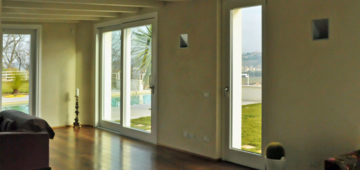
WHAT DO WE DO WHEN WE ARE SUBJECT TO THE INFISSI IN OUR ABROAD SPACES?
First of all we improve THERMAL TRANSMITTANCE
It happens frequently when we do check-ins in the homes of those who contact us:
“Why should I replace the old windows? the wood is perfectly integrative after more than forty years! ”
Certainly it is intact if in time it has been properly maintained, what is no longer appropriate will be the thermal insulation, due to the workings of the era carried out with obsolete techniques.
What you need to do to get an efficient thermal insulation is to improve the thermal transmittance value.
The thermal transmittance coefficient (Uw) indicates how much energy (heat or refrigeration) disperses the infuse across its surface. The magnitude of this number is directly proportional to the heat dispersion that occurs through the window.
The lower the coefficient Uw the greater is the insulating power of the dye
How is the thermal transmittance coefficient detected? There are three different ways to comply with relevant regulations:
1) EN ISO 10077-1: 2006. Through specific tables in relation to the chassis isolation values (Uf), Ug’s value of the glass and considering the material used for the spacers between the glass-chamber glasses.
2) EN ISO 10077-1. Coefficient detection is performed using a standardized calculation method in relation to the actual measurements of the element, the thermal values of the frame and the glass, taking into account the corrective factor for the glass spacer.
3) EN ISO 12567-1. Laboratory test of the whole element.
The three procedures are all admissible according to EN ISO 14351-1.
WHAT DOES IT MEAN?
More than 30% of the national energy expenditure is absorbed by our homes, responsible for about 27% of the greenhouse gas (CO2) generation / emissions.
Most of the heat and refrigeration are dispersed due to so-called “thermal bridges.”
external windows, roofs and masonry not properly constructed are the main cause. These consumption can be drastically reduced if professionally targeted interventions are carried out.
Since 1945, Della Ceca’s fixtures, it has been able to contain these dispersions to a minimum, whether it be new high-efficiency buildings, or renovations of old buildings for energy saving purposes. Replacing the old fixtures with our new ones could save more than 60% of the energy used, with significant benefits for the family budget, for the comfort of living, and not least the attention to the environment we will leave to future generations.
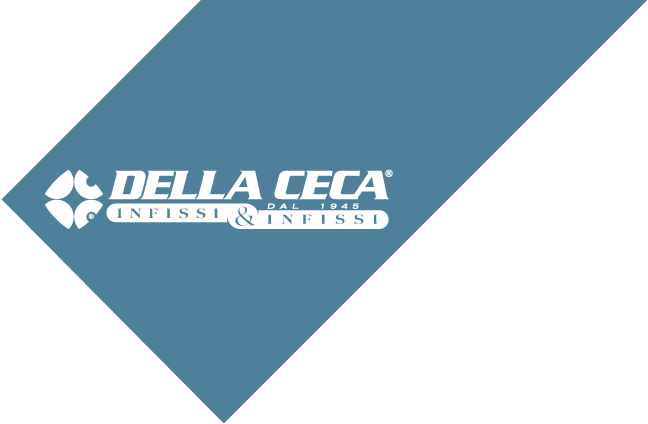



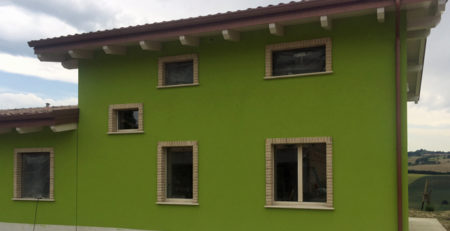

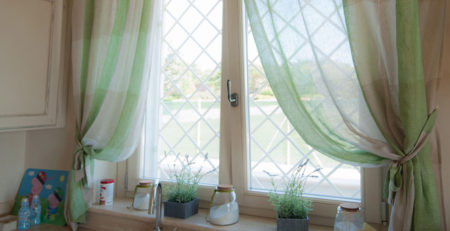
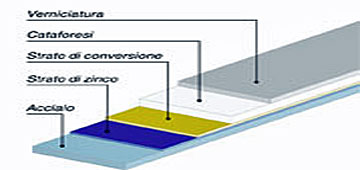
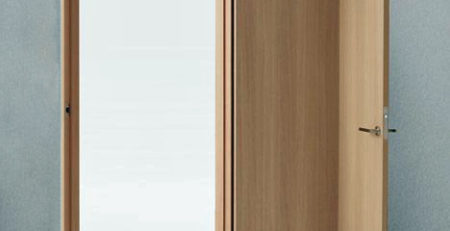
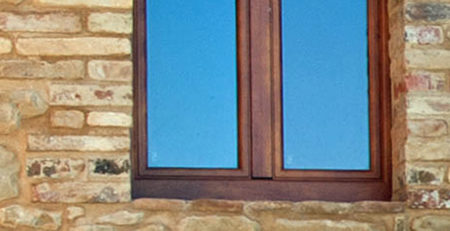

Leave a Reply
You must be logged in to post a comment.